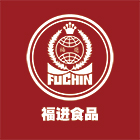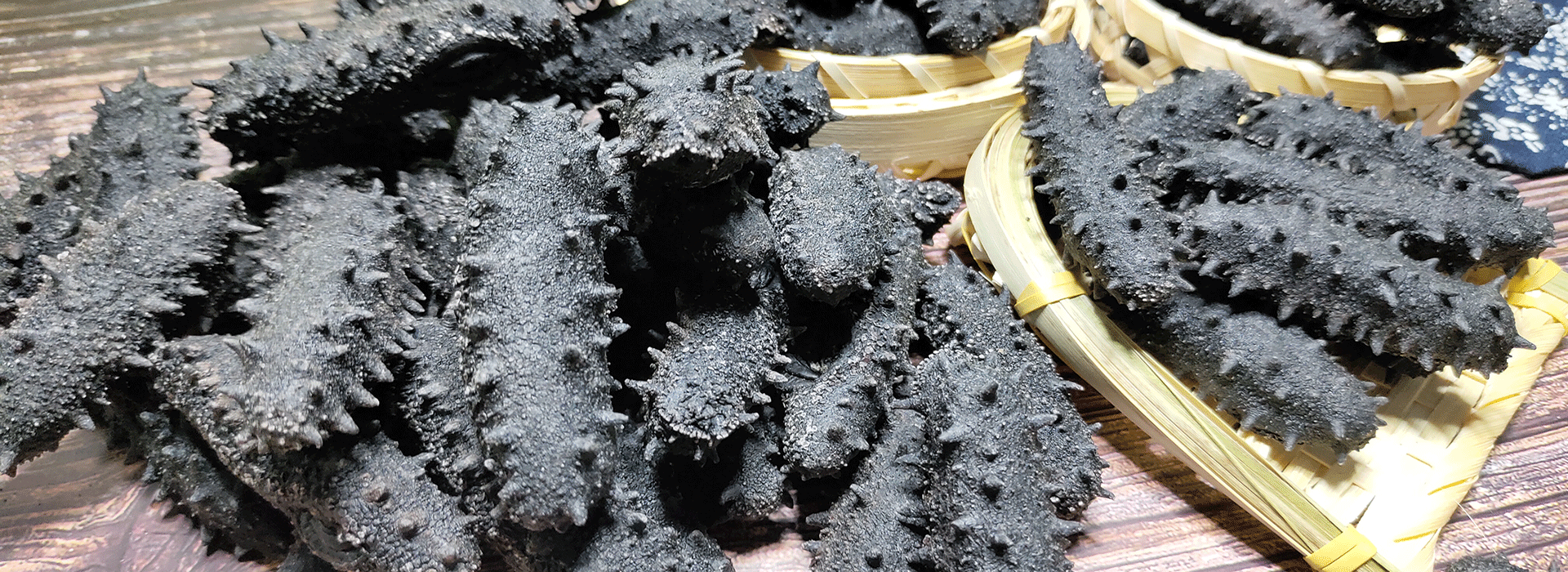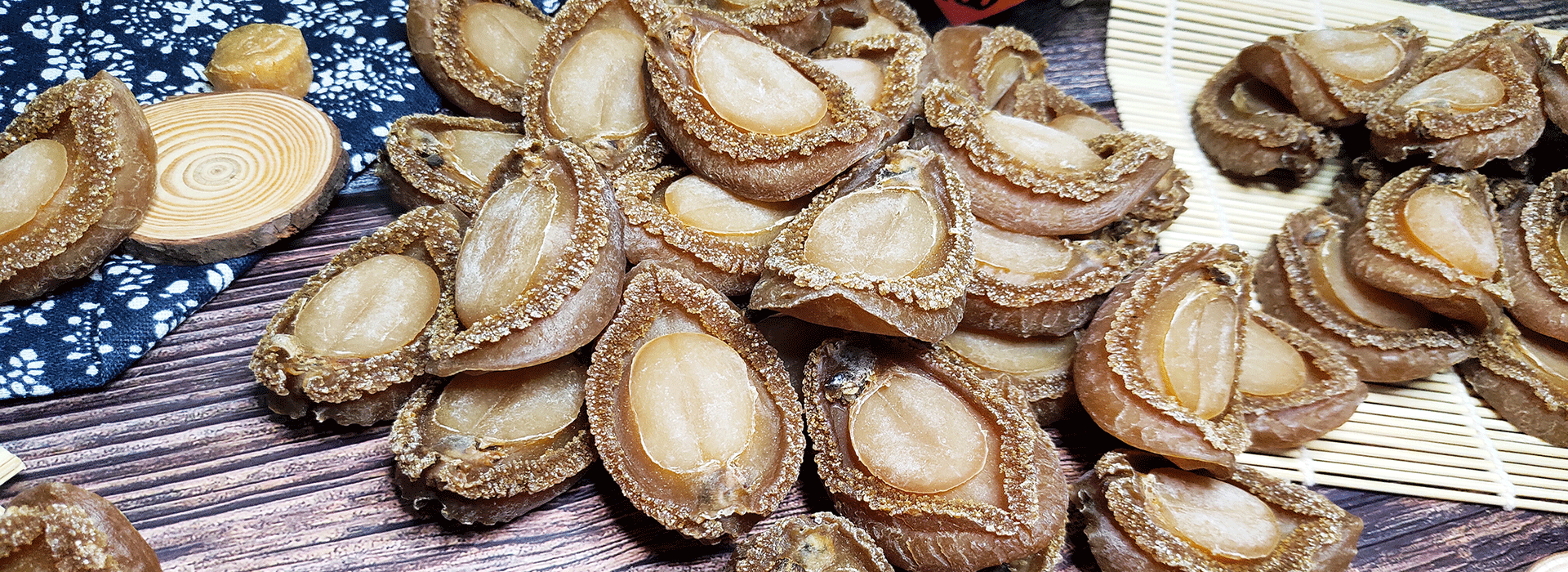n the end, China's seafood failed to escape a trade war and was taxed at a 10 percent rate on Sept. 17
网址:http://www.oifm.com.cn/solution_view.aspx?typeid=63&id=1199&fid=t25:63:25
Yesterday (sept 17), US President Donald trump announced tariffs of 10 percent on about $200 billion of Chinese products starting sept 24 and rising to 25 percent from jan 1, 2019. In a statement announcing the decision, the White House said it would immediately launch a "third phase" of tariffs on about $267 billion of Chinese products if China retaliated against American farmers or other industries.
The $200 billion list includes all seafood exported by China to the United States, as well as Alaskan salmon, cod, halibut and other fish imported from the United States for reprocessing.
"Trump tweeted. "Tariffs put the United States in a strong negotiating position, billions of dollars and jobs are coming back to our country, and so far the rising costs are barely noticeable. If countries refuse to do fair trade with us, they will be taxed!"
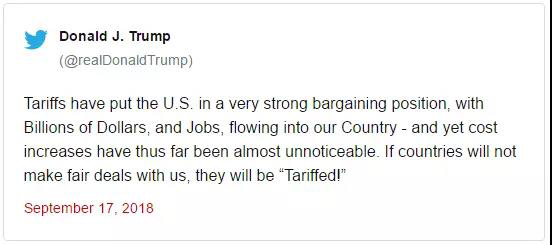
"For months, we have been pressing China to change its unfair trade practices and give American companies fair and reciprocal treatment. We have been very clear about what needs to change, and we have given China every opportunity to treat us more fairly. But so far, China has been reluctant to change. "Trump said.
The social comment of tax policy is invalid!
Starting Aug. 21, the U.S. government began a six-day hearing and public comment gathering on a 10-25% tariff on $200 billion in Chinese exports, including all aquatic products. By the September 6 deadline, the United States trade representative (USTR) had gathered more than 6,000 comments.
The units that submitted comments to USTR included several U.S. fishing industry associations, fishing companies, importers and exporters, wholesale retailers and individual representatives. Of the 27 comments, 24 opposed the tariffs and three supported them.
The comments in favor of the tax are from the Southern Shrimp Alliance, StarKist Co., a business, and Nancy Hillstrand, an individual.
Four trade associations, including the national fisheries association (NFI), the association for Marine processing (APA), the Alaska seafood market association (ASMI) and the Groundfish Forum, sent letters to USTR on behalf of 100 American fishing companies and tens of thousands of practitioners, explicitly opposing the us authorities' imposition of tariffs on Chinese aquatic products.
"The annual output of Alaska pollock is over 3 billion pounds (1.25 million tons), accounting for one-third of the U.S. fishing output. More than 70% of pollock are exported to other countries. The pollock processed in China is finally sold to the European Union and Japan, creating an annual output value of 1 billion dollars." "China itself will be a major consumer of white meat fish, and a 25 percent tariff would only end up in Russia, the U.S. fishing industry's biggest competitor," the mpa said in a statement.
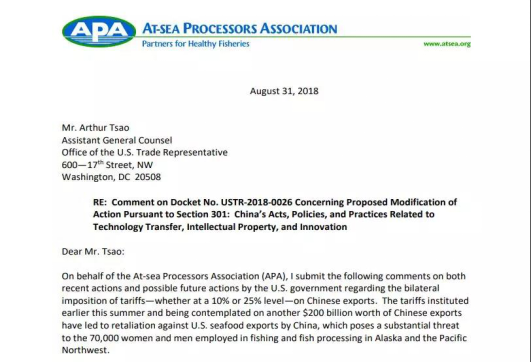
Letter from APA to USTR
The BBS (Groundfish Forum) charts the USTR's expectations for a rise in the price of various white meat fish, with tariffs ranging from 10% to 25%, and the costs to consumers (below).

(Groundfish Forum) The status of Chinese seafood is no substitute for The Fishin Company, The largest us importer of tilapia, sent a letter to USTR on September 5, requesting that frozen tilapia fillets (HS:03046100) frozen pink salmon fillets (HS:03031200) frozen cod fillets (HS:03036300)Frozen halibut fillets (HS:03033901) and frozen haddock fillets (HS:03036400) were removed from the list
Ninety percent of frozen tilapia fillets sold in the United States are supplied by China, while U.S. tilapia is less than 0.5 percent produced in China, Fishin said. In 2016, tilapia ranked fourth among seafood consumed by americans, and most consumers who bought tilapia fillets were low-income people who could not afford the increase in food prices. The U.S. imports $386 million worth of Chinese tilapia annually, and the 25% tariff means consumers pay $96.5 million more, or 88 cents per kilogram.
Zhanjiang Guolian Aquatic Products Co., ltd. commissioned its U.S. subsidiary Sunnyvale Seafood to write a letter to USTR on August 13, requesting that imported shrimp Products (HS: 03061700, HS: 16052110) be removed from the list of levies.
Jeff Sedacca, vice President of Sunnyvale Seafood, said China's Seafood exports account for 57 percent of the U.S. market. In addition, the U.S. market for small bread shrimp (41/50) is huge, and other shrimp producing countries do not have sufficient supply.
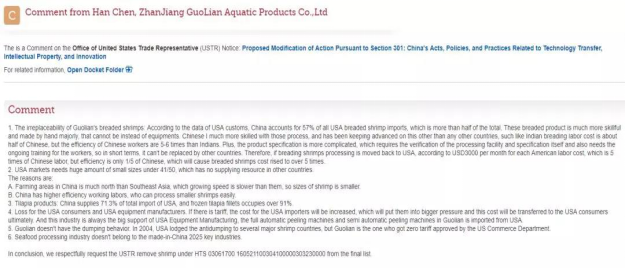
Comments by Mr. Chen han, general manager of guolian
Disclaimer: the purpose of this article is to spread more information. This article does not guarantee the accuracy, reliability and effectiveness of its content, this edition is originality, and the statement text and contents of the article is not through the site confirmed that for all or part of this paper and the content, the authenticity, integrity, the accuracy of the data on this website do not make any commitment or promise, please readers for reference only, and please check the related content.
